The inspiration behind these interviews is that I like nothing more than hearing about how other artists work, what’s influenced them, their favourite tools, and what their workspaces are like. Each Artist is given a list of questions and they get to choose how many and which questions to answer.
In this interview, I’m delighted to welcome Sandra Jordan, a friend of mine. We first met at a seminar in 2019 and have stayed in touch, holding each other accountable with regular Zoom calls ever since. Her world of fine art photography fascinates me, and of course, her work is stunning, too…
1. Can you give us a brief introduction to yourself and your work, what your primary art form is, and how long you have been creating??
Hi, I’m Sandra, a photographic artist based in London. I started dabbling in black and white photography in my early 20s when recovering from a back operation but then life took over and it was set aside.
For 19 years I was a freelance production manager making TV commercials and it was when I was taking a break from that and travelling overland from London to Turkey that I picked up a camera again, at the time it was purely to document my journey but I very quickly became enamoured with it all over again.
Alongside working as a freelance production manager in the film industry, I’ve been selling limited edition prints since 2011.
In 2016 I decided to leave my job and concentrate fully on photography. I have been lucky enough to run a program in Morocco teaching disadvantaged teenagers photography, be an expedition photographer for the Norwegian company Hurtigruten sailing around the high Arctic and have ventured on many trips abroad with my camera.
2. How would you describe your artistic style and the themes that most inspire your work
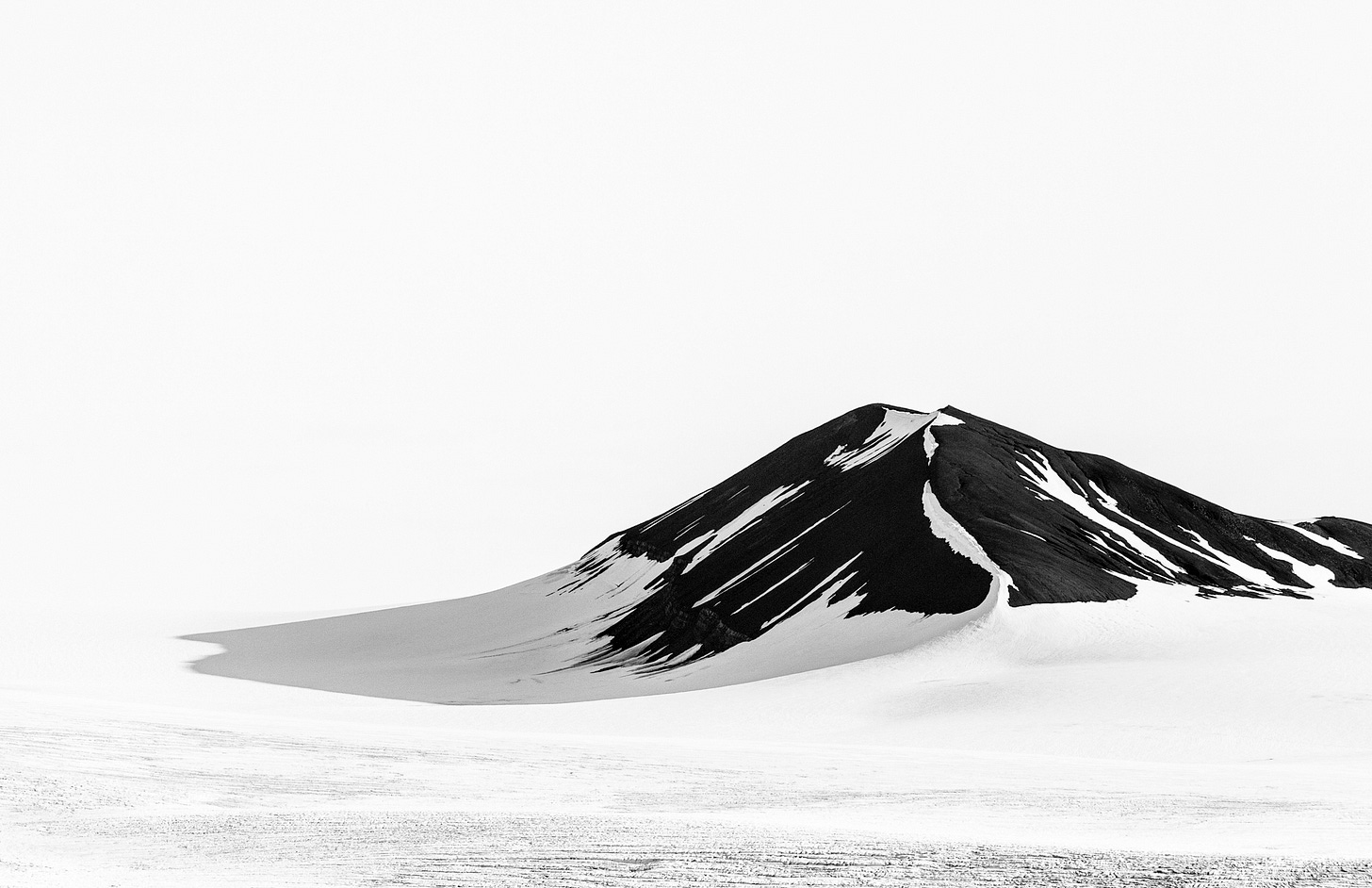
I describe my work as “visual meditations”, moments frozen in time providing a mental escape from the noise and crowding of our manufactured environments. Creating work from the natural and urban environment I am very drawn to solitary and peaceful surroundings focusing on stillness, space and serenity with a very minimal aesthetic.
I use the act of photography as a form of meditation and my aim is for my photographs to convey the same sense of calm and tranquility that I experienced when taking them.
3. Can you describe a typical day when you are working?
There are different aspects to my practice - initial research, photography, post production and then the business side.
I don’t really have a ‘typical day’ as such but my workflow usually follows the same pattern. I’ll travel to a location and let myself photograph whatever speaks to me, it’s more based on gut reaction than any pre-planning.
When I return home I’ll upload my photos to my Lightroom catalogue and that’s where they sit for a couple of weeks. Leaving them for that time allows me to revisit them with fresh eyes leading me to a more objective assessment of whether an image works or not and not being swayed by the memory/experience I had at the time of capture. I like to capture as much as possible in camera so I only have to do minimal processing.
At other times I’ll be office based and will be concentrating on social media, uploading my work to my licensing agency or doing initial research on projects or places to visit.
4. Can you describe your physical workspace or studio environment and does it influence your creative process?
I’m lucky, my physical workspace for when I’m actually creating the work varies - from cities, to national parks, to coastlines, to mountain areas, it’s very diverse and there is no end of inspiration.
In 2021 I bought a van and had it converted to a camper so I could go on more photographic trips. It’s small and cozy and is perfect when I’m away to be able to stay in one spot and wait for good weather (which in my case is grey and moody skies!) or to spend time reading or researching the local area, although I have to admit it’s also perfect for being lazy and watching Netflix!
It’s a bit different when I’m processing the work, I have an office in my home set up with a laptop, separate monitor and printer. I recently went on a printing course so I could print my own work and off the back of that painted my office black and changed my lighting system. It’s important when editing that my eye isn’t distracted by other colours in my surroundings and I need ‘daylight’ to accurately assess the colours and tones in the images. I was a bit nervous at first as it’s not a massive room and was worried about the black walls but I really love it (even if my painting isn’t quite up to professional standard!).
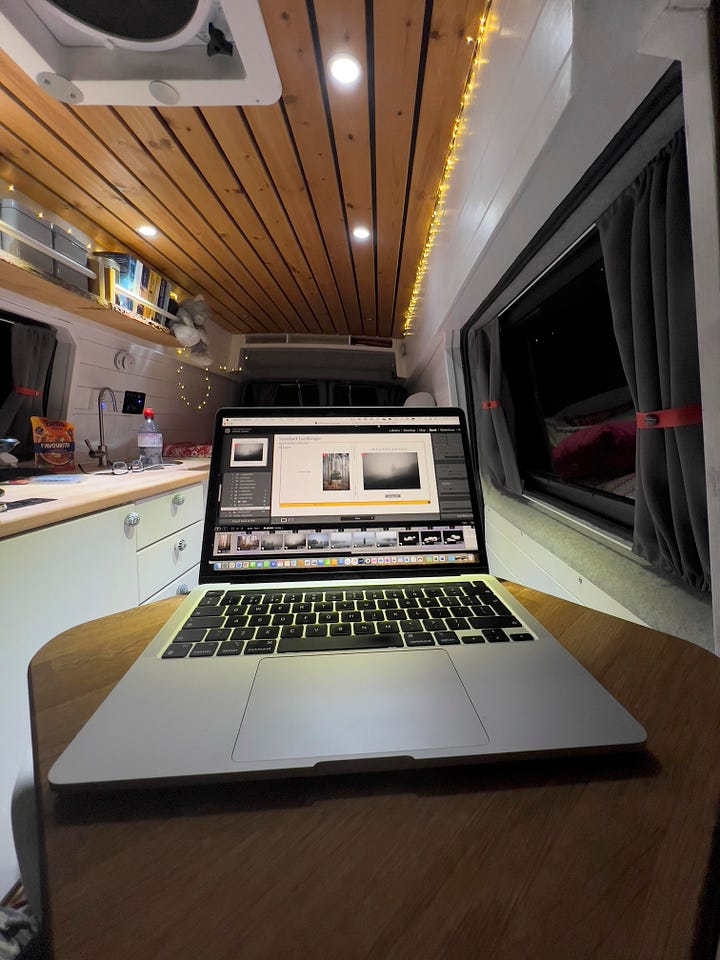
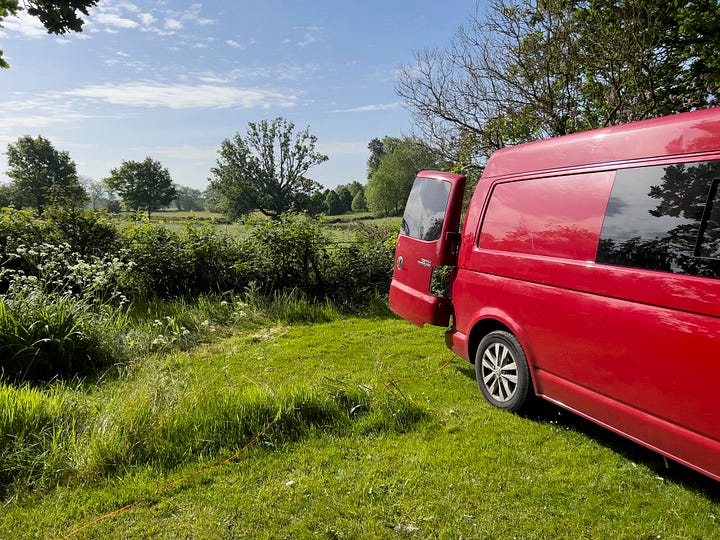
5. Can you walk us through your typical creative process, from idea to finished piece?
Up to now I think I have worked a little bit differently to other photographers who work in series-based projects in so far as I have often gone out and photographed without an idea in mind and the series comes to light when I am processing the images.
Now I find myself with various ideas I want to pursue but have yet to work out how they would look within a photograph so I’m still experimenting with this new approach. These ideas have come from books, museum visits, walking in nature and journalling.
6. How do you balance the demands of creating art with daily life and responsibilities?
I wasn’t very good at balancing for most of 2024. I had a part-time job but it was so busy and non-stop that it swallowed up all of my energy. Along with some health issues and an elderly parent I was left with very little time or energy for me to create work/work on my business.
In October I left my job so that I could take a year out. I still have 2387 photos from my recent trips to look through/process and so much to catch up on on the business side which all seemed to fall away over the course of the year.
No-one tells you when you start an art business that about 80% will be used up on the business side, leaving only 20% for creativity. I’m sure I’m not the only one that would much rather it the other way around but bills have to be paid. However this year I want to really give myself time to develop my creative practice and, whilst I do need to earn money, I want the creating of art to be the main focus of 2025. I’m hoping for a better balance between creativity and daily life.
7. What’s next for you, are there any new projects on the horizon?
I’m currently working on a book from my Heartsarnes series exploring grief. I’ve met with the printer and spoken to a paper supplier, I’m thrilled that I have found some beautiful paper to print on but there is still a lot to be done before it will be ready.
I’m hoping that will be sometime in March/April. I’m also experimenting with using embroidery and gold leaf on my work, they are two different projects and are very much in the early stages.
I have an idea in my mind but a lot of experimentation needs to be done before I can get anywhere near that. I’m not the most patient person so I’m trying to embrace the fact that these two projects are going to take some time before they are finished. This year started with a month in Venice developing new bodies of work. I started writing a children’s book a while ago but it keeps getting put on the back boiler so I’d like to bring that out again to work on.
I’ve included links to Sandra’s print series under each photo. You can browse a selection on her website here. You can also find her on Instagram and Pinterest.
Hope you’ve enjoyed this as much as I have. Sandra also has a great monthly newsletter which I subscribe to, and you can sign yourself up for that here AND from February 2025 You can now follow her here, on Substack (at last!)
Many thanks for reading and I’ll see you back here next week
Jo


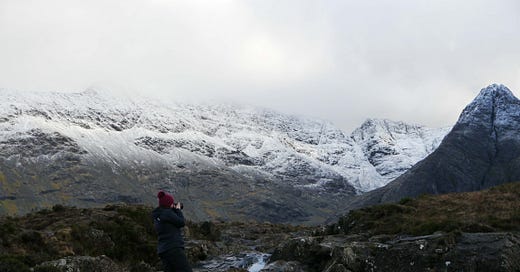


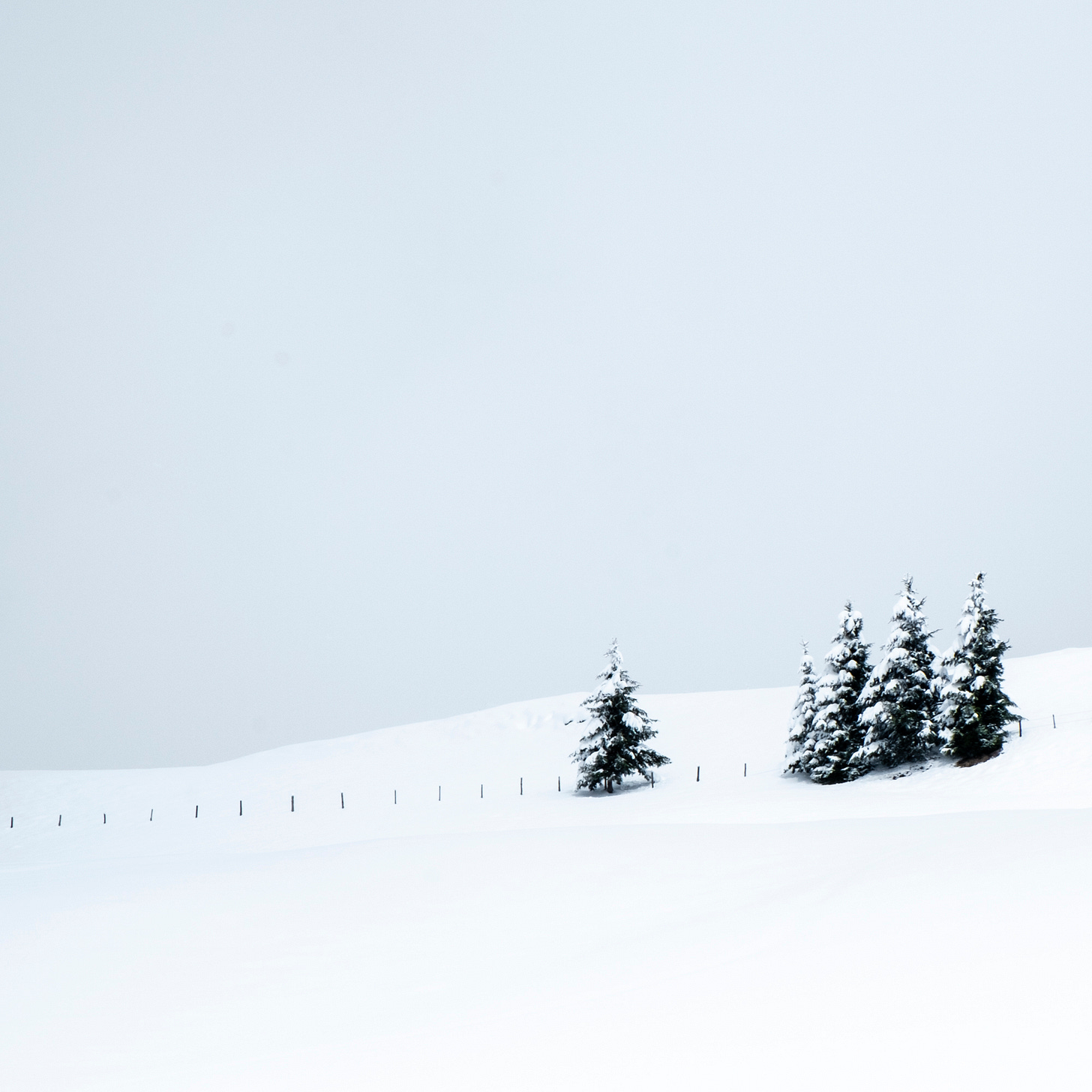
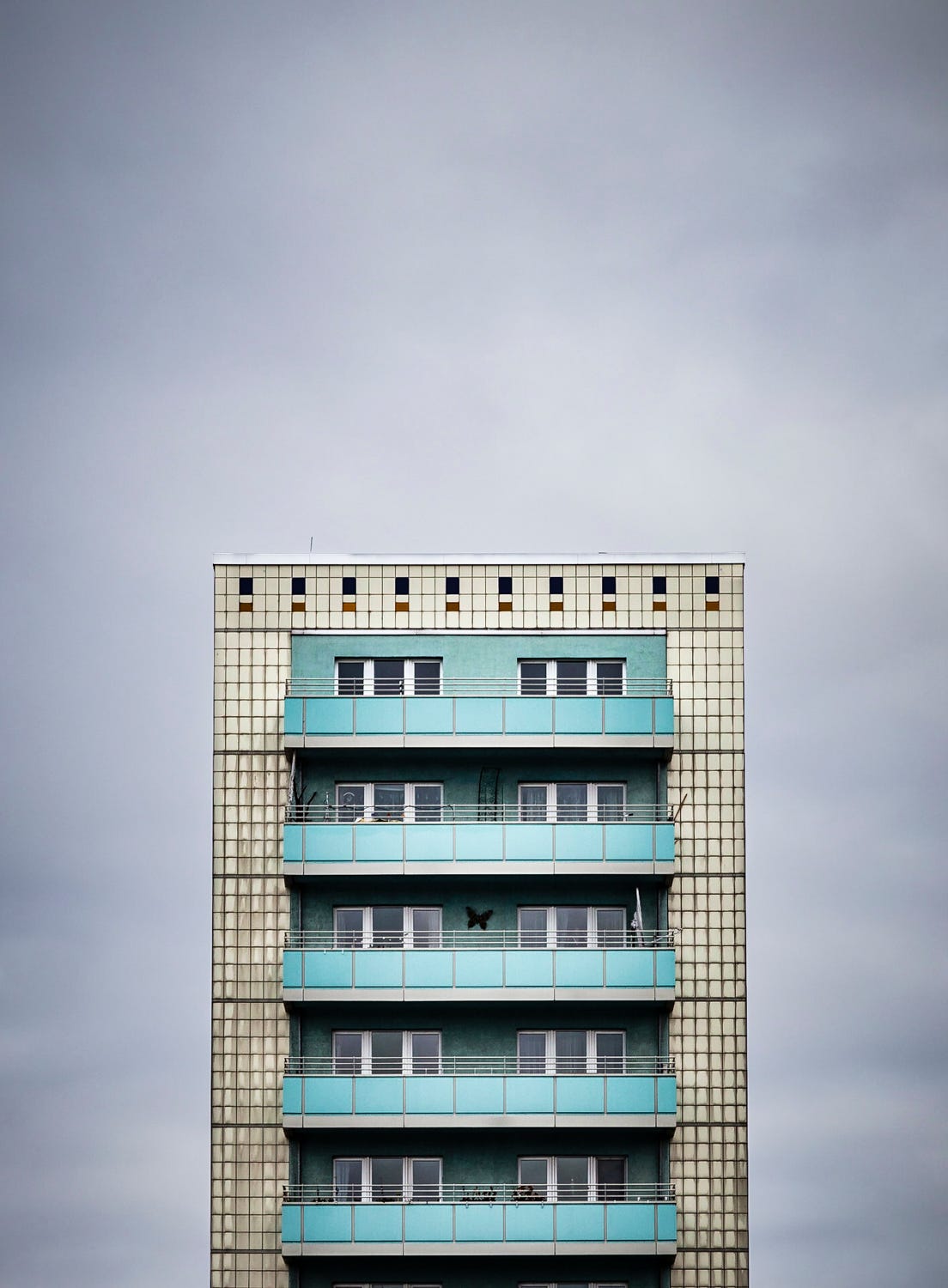
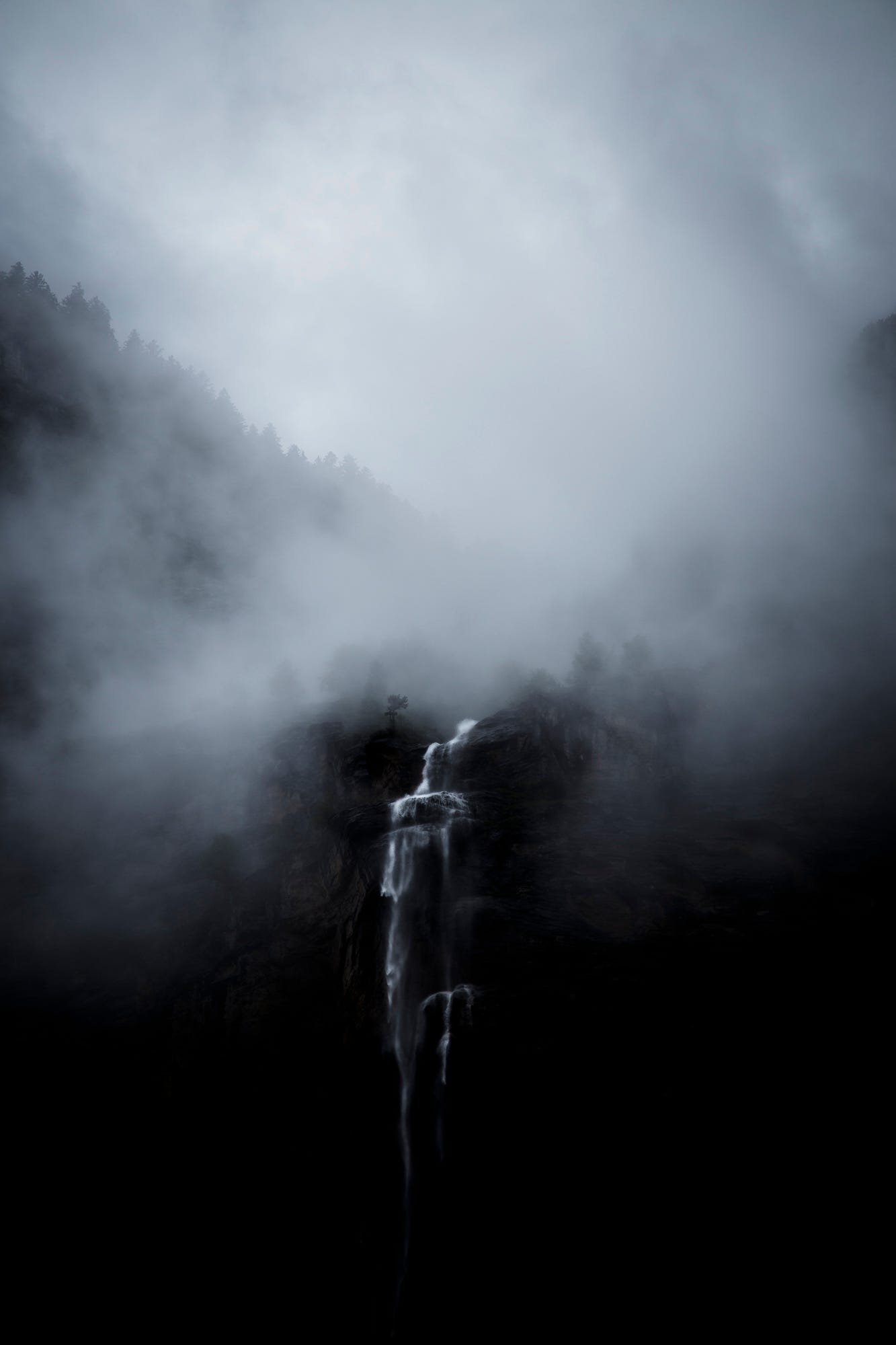
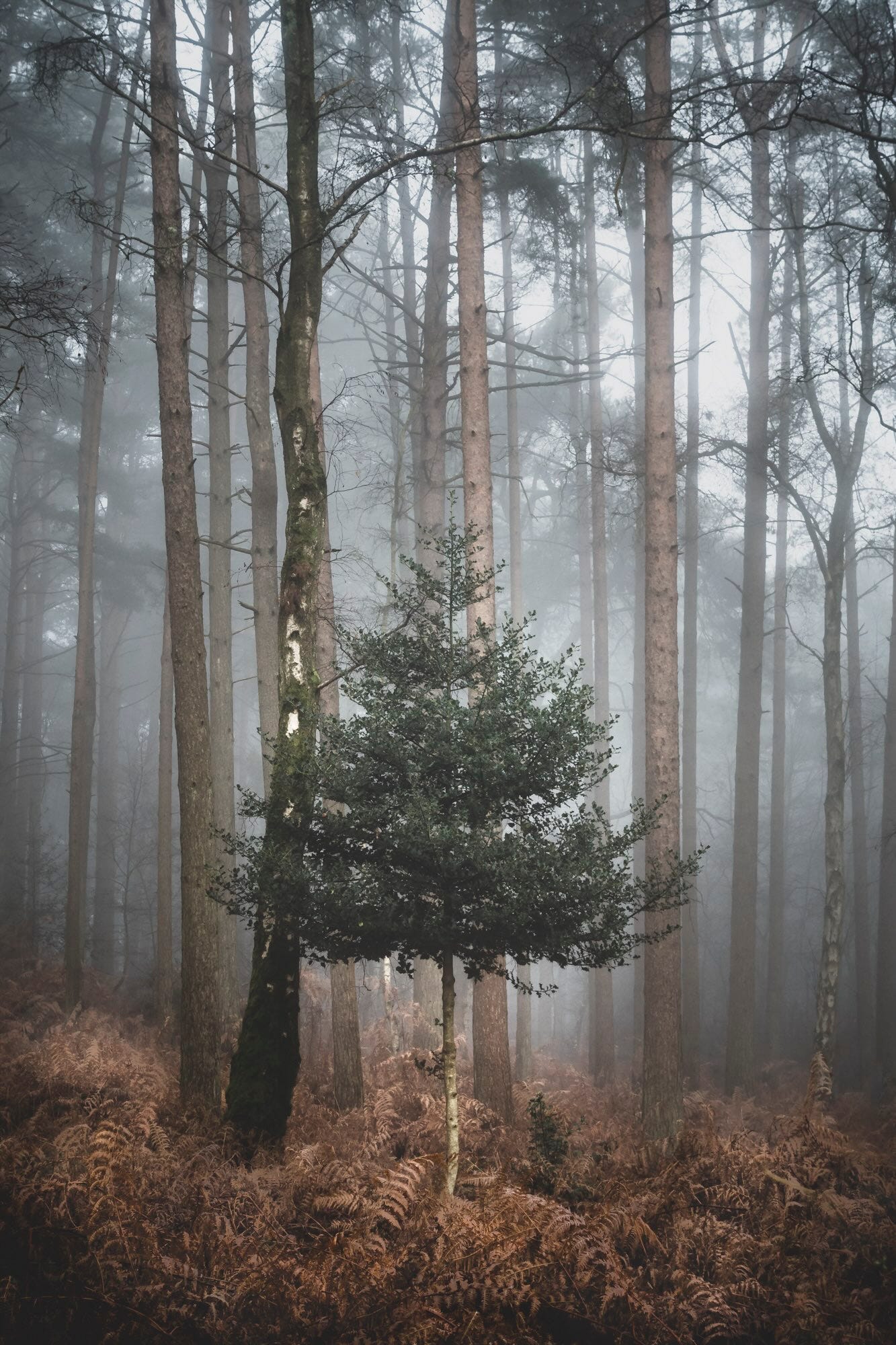
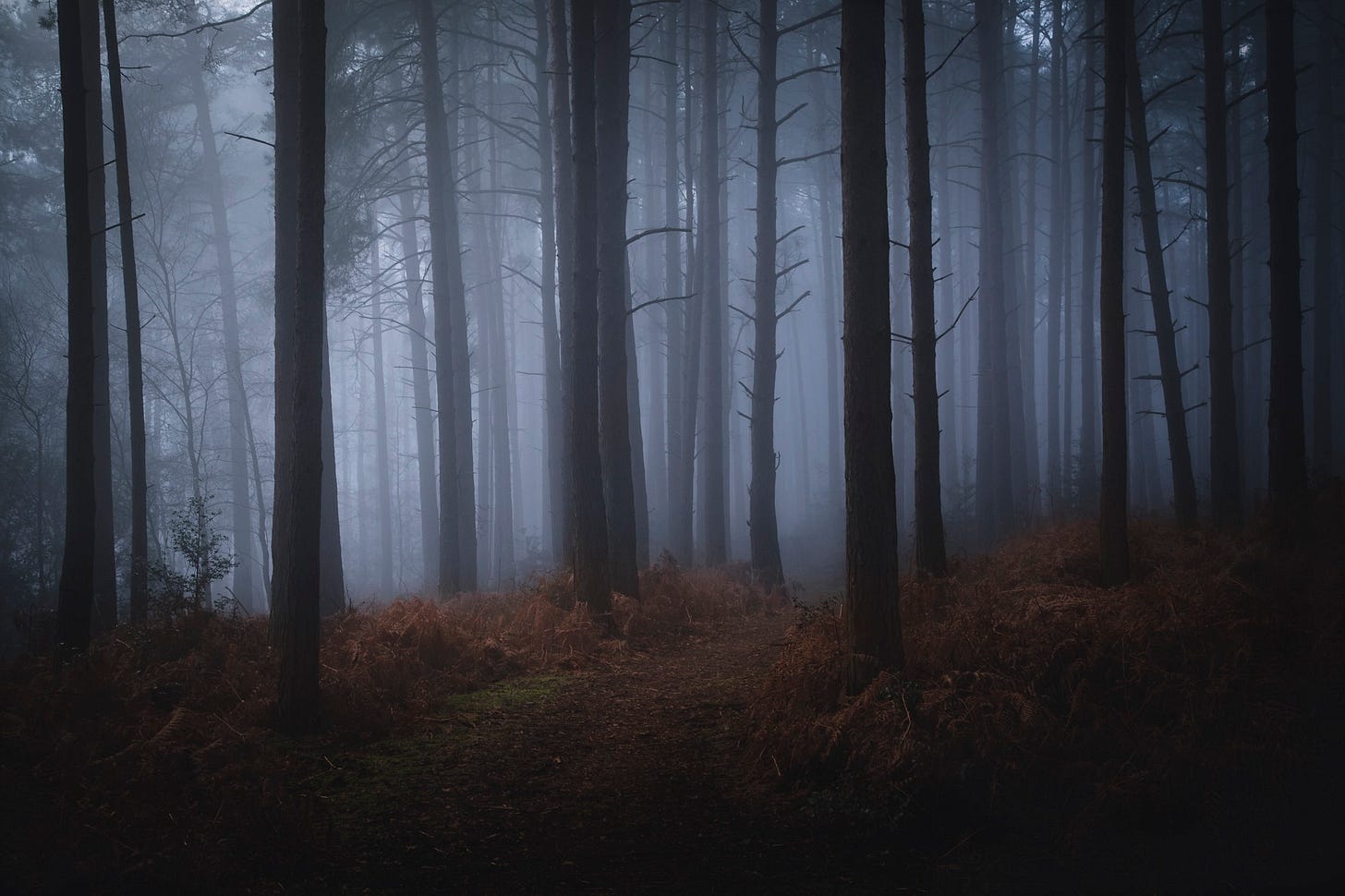

Wonderful interview! I'm looking so forward to seeing where your creativity takes you.
I thoroughly enjoyed this interview! So informative and inspiring! Thank you Sandra and Jo for such a wonderful piece!